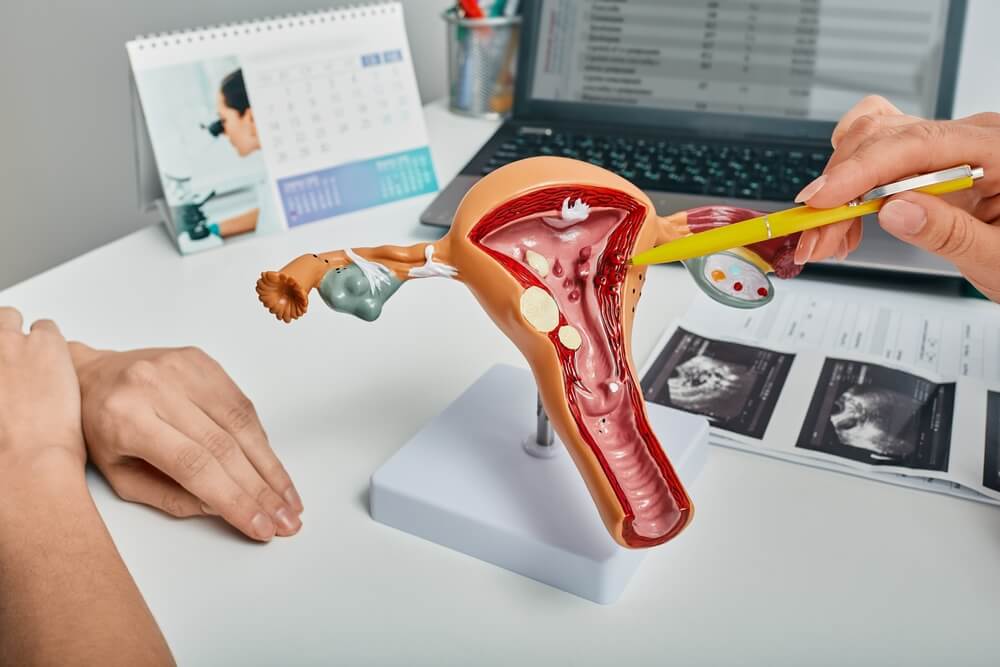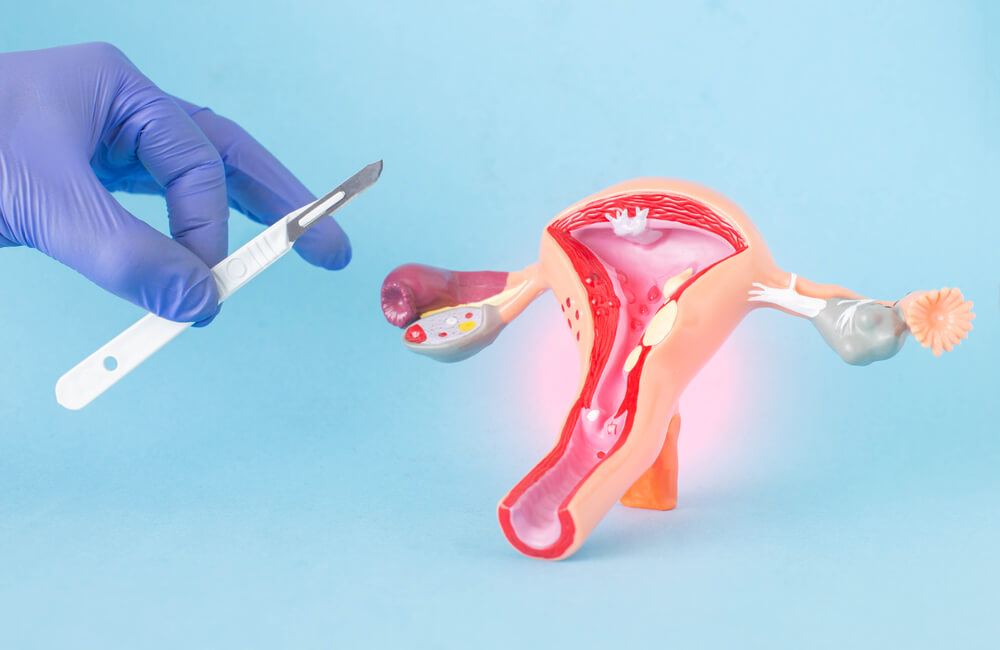In short, the polypectomy procedure involves polyp removal, which are growths inside of the body cavities and organs. Mostly, these polyps are benign but may also be cancerous. In some cases, providers cannot see whether the polyps are malignant or not and opt for removal.
That said, uterine polyp removal is also a type of polypectomy surgery that focuses on removing the polyps from the uterus, as the name suggests.
In this article, the experts at Broward Complete OB-GYN Wellness Center will briefly discuss uterine polyps.
Uterine Polyps
As mentioned above, these growths develop in the endometrium or the inner lining of the uterus, hence the name endometrial polyps. They often occur as a result of the overgrowth of endometrial tissue. The polyp usually attaches to the inner lining by a bread base or a thin stalk and may range in size from a few millimeters to a few centimeters.
Typically, these polyps are noncancerous, but they may lead to problems with fertility and menstruation.
Symptoms
The most prevalent symptom of uterine polyps is usually abnormal bleeding. This can be best defined as irregular vaginal bleeding during menstrual periods or after menopause. Most periods will last about four to seven days, and cycles will occur every 28 days but may happen between the 21 to 35-day period.
Other symptoms may include the following:
- Heavy menstrual bleeding
- Intermenstraul bleeding
- Infertility
- Bleeding after sex
- Vaginal bleeding or spotting after menopause
Most of these polyps are asymptomatic and often discovered during procedures to diagnose other issues. In most cases, they won’t cause any pain, but large polyps are known to cause dull aches in the lower back and the abdomen, a pain similar to menstrual cramps.
Medical experts aren’t exactly sure what causes these polyps to form, but they believe that hormone levels may play a crucial role in their development. For example, estrogen thickens the endometrium during a woman’s monthly menstrual cycle. This thickening process may contribute to the development of these polyps, so exposure to high amounts of estrogen may be a factor in their formation.

Diagnosing Uterine Polyps
When medical experts suspect the presence of uterine polyps, they usually start their examinations by reviewing your medical history, and they will ask about your symptoms. If you’ve been through menopause, they will likely ask about experiencing any spotting or vaginal bleeding. They will also ask about the medicines you might be taking.
If you still get your periods, they will ask about how regular they are, how long they lost, and their frequency. They may also ask questions about your fertility.
Apart from that, providers may perform the following exams and tests:
- Pelvic exam
- Pap smear
- Transvaginal ultrasound
- Hysteroscopy
- Curettage
- Endometrial biopsy
Once a proper diagnosis has been established, your provider will recommend treatment options, and one of those will most probably be polypectomy surgery.
Polypectomy Procedure: Minor or Major Surgery?
A polypectomy is typically a minimally invasive procedure that often does not require surgical incisions. In most cases, the polyp can be accessed internally using medical instruments passed through the body’s natural openings.
Myosure – The Most Prevalent Polypectomy Procedure
This compact, precise tool eliminates polyps and fibroids with minimal dilation and without the need for general anesthesia. Skilled surgeons can perform this procedure at a gynecology center, eliminating the need for a hospital visit. In just 30 minutes, patients can be free from pain and bleeding caused by troublesome tissue.
Using the Myosure system, doctors can target and remove the problematic tissue without any external incisions. With the aid of a local anesthetic, patients will only experience minimal discomfort throughout the procedure. Plus, the uterus remains intact, preserving the patient’s menstrual cycle and hormone production.
Most gynecologists follow a simple three-step process to complete the procedure:
- First, a tiny camera is inserted through your vagina into the uterus, providing a clear view for the expert team.
- Then, a thin tool precisely cuts away the polyps and fibroids.
- Finally, the removed tissue is gently suctioned out, leaving the uterus free from any remaining issues. The camera confirms the success of the procedure before its removal, ensuring the patient’s well-being and comfort.
Most patients can go home soon after the surgery and may feel slight discomfort because of the procedure. In most cases, the polyps will be sent to a lab for further examination, and patients will usually receive the results in two weeks.


